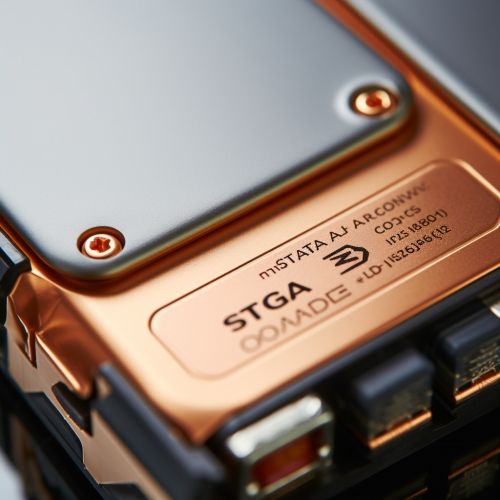Solid-State Batteries
Introduction
Solid-state batteries are a type of battery that uses solid electrodes and a solid electrolyte, instead of the liquid or polymer gel electrolytes found in lithium-ion or lithium polymer batteries.


History
The concept of solid-state batteries has been around since the 19th century, but it wasn't until the late 20th century that they began to be seriously considered as a viable alternative to traditional batteries. The first solid-state batteries were developed in the 1950s and 1960s, but these early models were plagued by poor performance and high costs.
Structure and Composition
A solid-state battery consists of three main components: the anode, the cathode, and the electrolyte. The anode and cathode are the positive and negative terminals of the battery, while the electrolyte is the medium through which ions move from the anode to the cathode during discharge and in the opposite direction during charging.
Advantages
Solid-state batteries have several advantages over traditional batteries. They have a higher energy density, which means they can store more energy in a given volume or weight. They also have a longer lifespan, as they are less prone to the degradation that affects liquid electrolyte batteries. Additionally, solid-state batteries are safer, as they are less likely to leak or catch fire.
Disadvantages
Despite their advantages, solid-state batteries also have some disadvantages. They are currently more expensive to produce than traditional batteries, and their performance can be affected by temperature. They also have a lower power density, which means they can deliver less power in a given volume or weight.
Applications
Solid-state batteries are used in a variety of applications, from portable electronics to electric vehicles. They are also being explored for use in grid storage, where their long lifespan and safety features could make them a viable alternative to traditional batteries.
Future Developments
There is a great deal of research being done into improving the performance and reducing the cost of solid-state batteries. This includes developing new materials for the electrolyte, as well as improving the manufacturing process.
